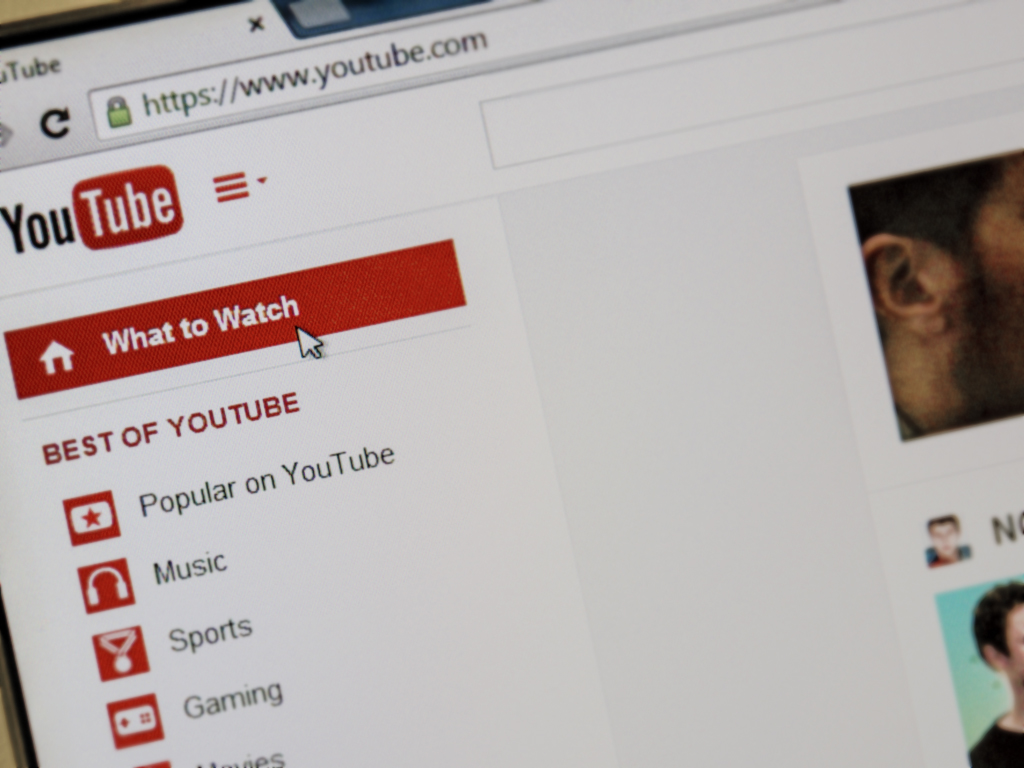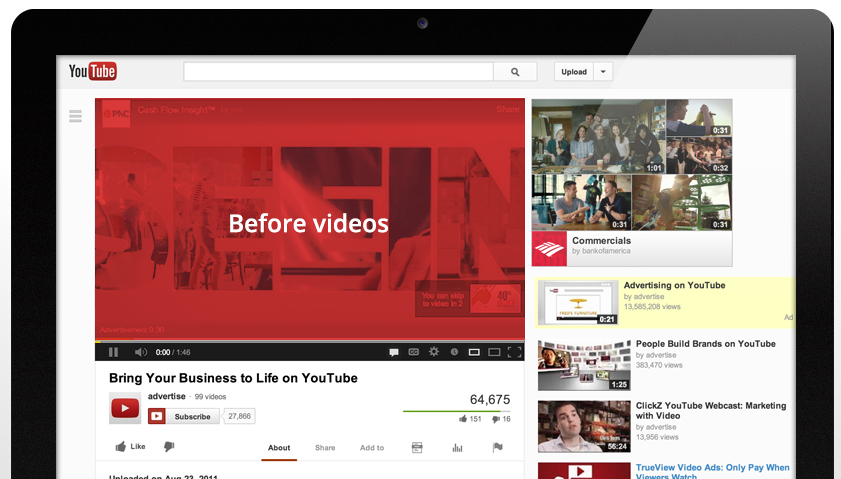Over the years, numerous studies have found that our brains are far more engaged by storytelling than a recitation of cold, hard facts. Stories are illustrative, easily memorable, and allow a brand to create stronger emotional bonds with customers. That’s why video is a content marketer’s best medium for storytelling. Perhaps, then, the best way to illustrate this is by showing a few videos that tell some compelling stories.
The Power of Nonfictional Storytelling
“Google Search: Reunion” was published by Google India on Nov. 13, 2013. The video, which clocks in at 3 minutes and 32 seconds, has close to 12.5 million views as of this writing.
The story it tells is worth retelling. The India-Pakistan partition in 1947 separated many friends and families overnight. A granddaughter in India decides to surprise her grandfather on his birthday by reuniting him with his childhood friend (who is now in Pakistan) after more than six decades of separation, with a little help from Google search.
The moral of this story: Partitions divide countries, friendships find a way.
“Sainsbury’s OFFICIAL Christmas 2014 Ad” was published by Sainsbury’s on Nov. 12, 2014. The video, which is 3 minutes and 40 seconds long, has nearly 16.9 million views.
Inspired by real events from 100 years ago, Sainsbury’s Christmas advert also tells a story worth retelling. Made in partnership with The Royal British Legion, it commemorates the extraordinary events of Christmas Day, 1914, when the guns fell silent and two armies met in no-man’s land, sharing gifts – and even playing football together.
The moral of this story: Christmas is for sharing.
These videos are examples of nonfictional stories. They are supposed to have actually happened, often at a particular time and place. And they draw much of their power from this fact.
The Power of Fictional Storytelling
Fictional stories can also be compelling. These take place in a kind of separate “once-upon-a-time” world of nowhere-in-particular. They clearly aren’t intended to be understood as true.
For example, “The Scarecrow” was published on Sept. 11, 2013, by Chipotle Mexican Grill. This video, which is 3 minutes and 22 seconds long, has nearly 14 million views.
https://www.youtube.com/watch?v=lUtnas5ScSEAnother example of a fictional story is “John Lewis Christmas Advert 2014 — #MontyThePenguin”. Published Nov. 6, 2014, this video clocks in at 2 minutes and 10 seconds and has more than 22.8 million views.
Why Are Fictional And Nonfictional Stories So Engaging?
If you go back and watch all four of these videos again, you will see that they have characters with whom you can identify. Ross Hockrow, an award-winning filmmaker and author of “Out of Order: Storytelling Techniques for Video and Cinema Editors”, says:
“Characters/subjects are the portals to every story. They are the way you get viewers to buy into the story. The viewers identify with, related to, and even empathize with the characters. In a way, they become the characters, or at least they compare themselves to the character.”
All four videos also have a story arc, or plot structure. This isn’t something that YouTube or modern brands created. The ancient roots of storytelling go back to Aristotle, who said that a good story needed a beginning, middle, and end.
Hockrow asks:
“Why does it matter how long the story arc has been around? In a word: evolution. Without storytelling, how else would you explain how and where you were chased by a saber-toothed cat through the woods? Or that somebody ate this plant and got rid of an illness, but somebody else ate that one over there, which looks almost the same, and it made them sick? Humans pass on their important information through stories. The human mind has evolved with the story arc, and with stories in general, which remain an import of our culture.”
Stories have been shared in every culture as a means of entertainment, education, cultural preservation, and instilling moral values. Perhaps, the best way to illustrate is by sharing two more videos that tell some compelling stories.
The first is “‘Unsung Hero’ (Official HD) : TVC Thai Life Insurance 2014”. Published on April 23, 2014, it has more than 24 million views.
The moral of this video: Good stories happen every day.
The second video is “‘My dad’s story’: Dream for My Child | MetLife”. This video is 3 minutes and 26 seconds long and was published by MetLife Hong Kong on Jan. 27. It has almost 6.8 million views.
It’s the dream of every parent to give their children a good education to pursue a better life. MetLife says, “We understand every sacrifice you make for your children’s future,” and uses the hashtag, #DreamForMyChild.
The moral of this story: “Share your dream for your child, and it could become reality.”
https://www.youtube.com/watch?v=3bdm4NBYxIIWhat’s the best example of storytelling in a video you’ve seen?


